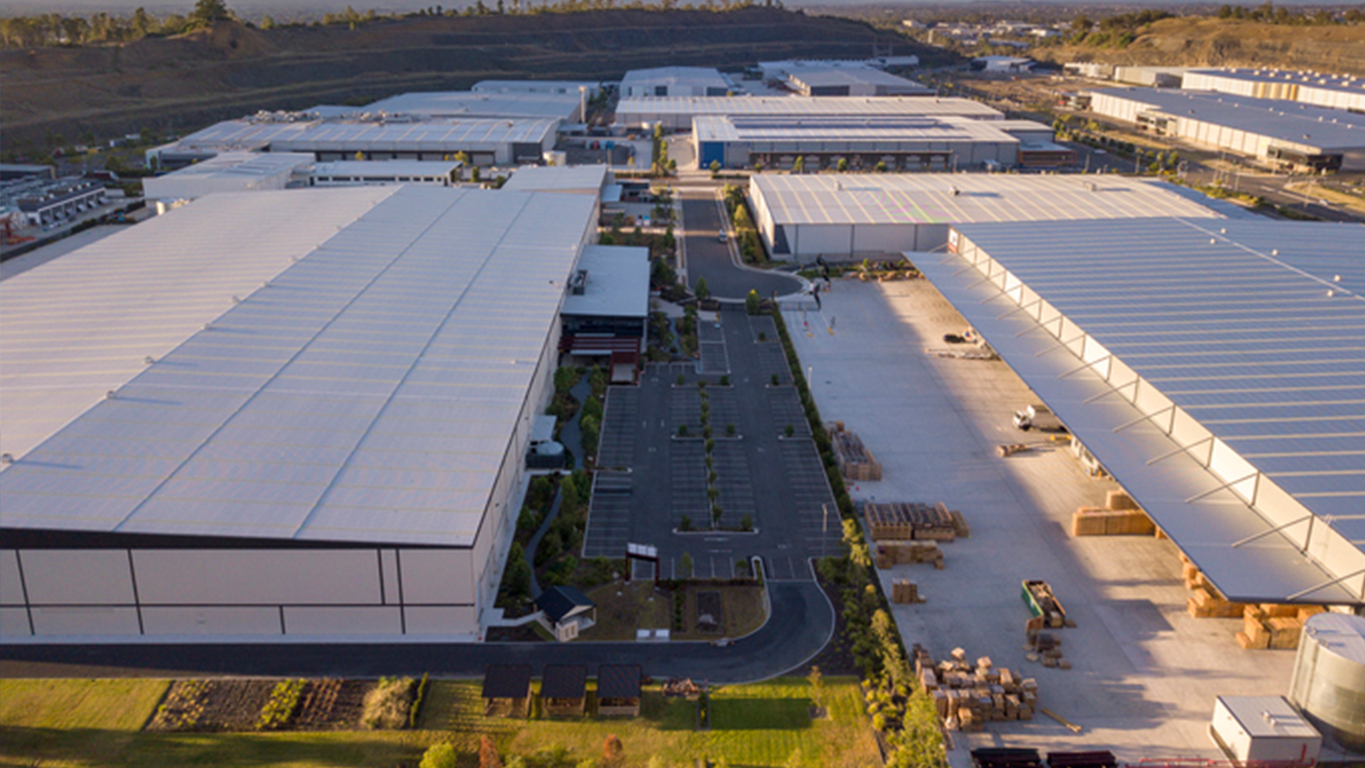What Is a Building Energy Management System — And Why Do Businesses Need One?

With the Australian Sustainability Reporting Standards (ASRS) now in effect, many Australian businesses are being asked a pressing question: How well do you understand and manage your energy use?
Meeting today’s sustainability and compliance expectations requires more than an annual power bill check. Businesses need real-time data, meaningful insights, and the ability to act on them. A Building Energy Management System (BEMS) offers exactly that — helping organisations reduce costs, meet emissions targets, and simplify compliance in a single solution.
But what exactly is a BEMS, and how does it support your business goals?
What Is a Building Energy Management System (BEMS)?
A Building Energy Management System is a smart control system that helps you monitor, analyse, and optimise energy use across a facility. It connects with systems like HVAC, lighting, refrigeration, ventilation, and power distribution, giving businesses clear visibility into how energy is being used — and where it’s being wasted.
BEMS platforms aren’t just passive monitors. They actively track consumption, highlight inefficiencies, and can automatically adjust system operations to reduce waste and improve performance — all while maintaining comfort and safety.
How Does a BEMS Work?
A typical BEMS brings together several integrated components:
- Sensors and Meters – Measure energy usage from HVAC systems, lighting, appliances, machinery, and more.
- Data Processing and Analytics – Analyse usage trends, detect inefficiencies, and generate insights.
- Automated Controls – Adjust HVAC and lighting based on time of day, occupancy, or temperature.
- User Interface and Reporting Tools – Allow users to monitor performance, configure controls, and export data for reporting and compliance.
This combination enables real-time optimisation and helps you move from reactive to proactive energy management.
Energy Data Visibility: From Gut Feel to Informed Strategy
Many organisations rely on utility bills or rough assumptions to gauge their energy use. But those don’t show when, where, or why energy is being wasted.
A BEMS offers live, granular data that allows businesses to identify patterns, benchmark performance, and make evidence-based decisions — whether that’s adjusting operating hours, upgrading inefficient equipment, or implementing new policies. It also allows managers to track progress over time, making it easier to prove the impact of changes and justify future investments.
Tailored to Your Facility, Scalable to Your Growth
Every building has its own operational quirks, occupancy levels, and energy demands. That’s why BEMS platforms are designed to be flexible. They can be tailored to small office buildings, large industrial facilities, multi-site operations, or everything in between.
As your needs evolve — whether you expand locations, add new systems, or face new compliance obligations — your BEMS can scale with your business, avoiding the need for costly replacements down the line.
Key Benefits of a BEMS for Businesses
Lower Energy Costs
A BEMS can cut energy consumption by up to 48%* by eliminating waste and fine-tuning how systems run. Whether that’s dimming unused lighting zones, reducing after-hours usage, or improving HVAC scheduling, the savings quickly add up.
*research published by the International Energy Agency (IEA) and other global studies, smart energy systems like BEMS have been shown to reduce consumption by up to 48% in optimal conditions.
Simplified ASRS Compliance
Under ASRS 1 and ASRS 2, businesses must disclose how they manage sustainability-related risks and report on emissions and energy use. A BEMS automatically collects, aggregates, and reports this data, helping businesses:
- Track Scope 1 and Scope 2 emissions
- Produce accurate, transparent records for regulators or investors
- Maintain ongoing compliance with minimal manual input
Improved Operational Efficiency
A BEMS helps prevent equipment overuse and enables predictive maintenance, reducing downtime and extending asset life. Real-time alerts let facility managers respond before issues escalate.
Better Workplace Comfort
By maintaining consistent temperature, lighting, and ventilation levels, a BEMS supports more comfortable, productive environments for staff and customers.
Remote Monitoring and Automation
Cloud-connected BEMS platforms allow facilities to be monitored and adjusted from anywhere. This is especially valuable for businesses managing multiple sites or lean teams, helping ensure consistency across the board.
Connecting BEMS to ASRS: How It Supports Reporting
The ASRS framework requires businesses to report:
- ASRS 1: How sustainability-related risks and opportunities impact financial performance
- ASRS 2: Metrics and targets, including emissions and energy use
A BEMS supports both by delivering clear, auditable energy data. It helps organisations demonstrate how they’re identifying, managing, and responding to climate-related risks — not just operationally but strategically.
BEMS platforms also make it easier to track performance against reduction targets, produce year-on-year comparisons, and document improvement efforts in alignment with broader ESG goals.
What to Expect When Implementing a BEMS
Implementing a BEMS doesn’t have to be disruptive or complex. The process typically includes:
- Initial Audit and Assessment – Identify existing systems, baseline consumption, and improvement opportunities.
- Custom System Design – The BEMS is configured to suit your facility’s layout, operational needs, and compliance goals.
- Installation and Integration – Sensors, controls, and software are installed across key energy systems.
- Training and Support – Your team is trained to navigate dashboards, respond to alerts, and generate reports.
Once live, the system begins delivering value immediately.
Is a BEMS Right for Your Business?
If you operate a commercial building, industrial facility, logistics centre, or multi-site operation, a BEMS can deliver measurable improvements from day one.
By helping you:
- Cut operating costs
- Comply with sustainability regulations
- Support decarbonisation goals
- Future-proof your infrastructure
…a BEMS becomes more than just a system — it becomes a strategic asset.
Want to explore how a BEMS could work for your facility?
Contact SJ Electric today for a consultation and discover how smart energy management can support your business in 2025 and beyond.
Disclaimer:
The information provided in this blog is for general informational purposes only and should not be considered legal, financial, or professional advice. The Australian Sustainability Reporting Standards (ASRS) are subject to change as they are further defined and implemented. While every effort has been made to ensure the accuracy of the information at the time of publication, SJ Electric makes no representations or warranties regarding its completeness or ongoing accuracy. Readers should consult qualified legal and compliance professionals for advice tailored to their specific situation before making business or regulatory decisions.
Posted on 29 APR 2025
Search
Recent Posts
Is a BEMS Right for Your Business?
BEMS: What Everyone Gets Wrong
8 Common Building Management Problems a BEMS Solves
BEMS - Energy Savings Are Only Part of the Story



